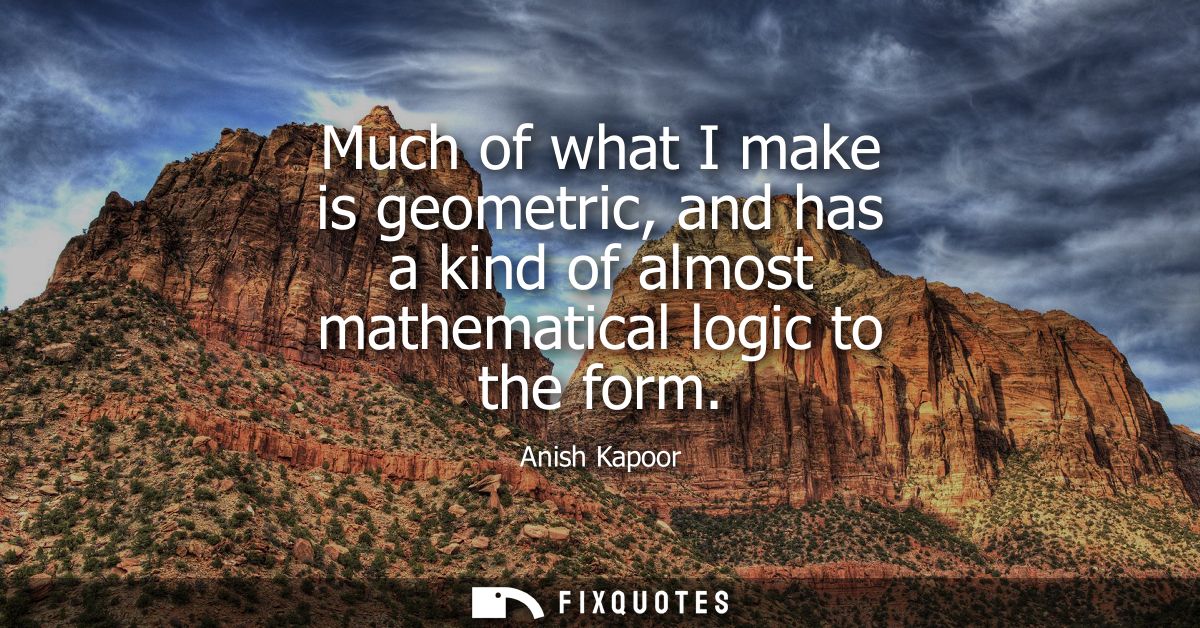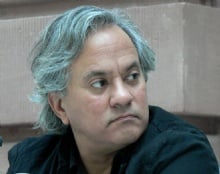"Much of what I make is geometric, and has a kind of almost mathematical logic to the form"
- Anish Kapoor
About this Quote
In this quote, artist Anish Kapoor is explaining his creative design and technique. He describes that a large portion of his work is based on geometric shapes, which are often connected with mathematical concepts and accuracy. This suggests that Kapoor's art is not simply visually attractive, but likewise has a deeper level of idea and intent behind it. By integrating mathematical reasoning into his types, he adds a sense of structure and order to his pieces. This quote likewise hints at the concept that Kapoor's art is not just about visual appeals, however also about exploring principles and concepts through using geometric shapes.
About the Author

